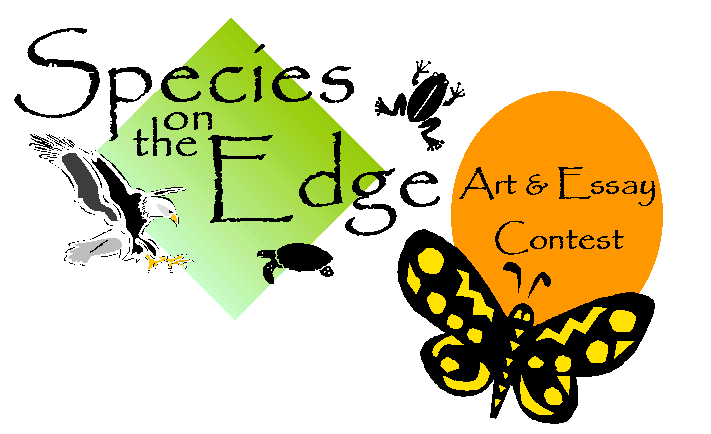Encourage your 5th graders to find out by entering the Species on the Edge Art & Essay Contest!
by Maria Grace, Education & Outreach Manager
 Now in its 11th year and open to all 5th graders throughout New Jersey, the very popular Species on the Edge Art & Essay Contest encourages students to think about rare wildlife in New Jersey.
Now in its 11th year and open to all 5th graders throughout New Jersey, the very popular Species on the Edge Art & Essay Contest encourages students to think about rare wildlife in New Jersey.
To enter the contest, students research a species of wildlife that is rare or endangered in New Jersey. They write an essay detailing the needs of the species and the challenges to its future existence. They then create artwork – a painting or collage – depicting their chosen animal in its natural habitat.
Over the past 10 years, over 25,000 students have entered the contest and have expanded their knowledge about New Jersey’s imperiled wildlife. Hundreds of teachers throughout the state have participated in the contest and have praised its interdisciplinary approach and its ability to create a deep appreciation for nature:
“My students love the Species on the Edge Contest because they enjoy learning about the many endangered animals in New Jersey, which fits into our curriculum. The contest helps raise their awareness about how humans interact with the natural world. My students take ownership of one species, and through artwork and research, they express their concerns about the environment and how to protect it.”
–Mary Keyser, Maple Road School, West Milford, NJ
A winner is chosen from each county in NJ, 21 winners in all. The winning artwork and essays become part of a statewide traveling exhibit, helping to raise awareness for New Jersey’s endangered wildlife.
The contest is free and it’s easy to participate! Download your contest kit today from our website. The kit contains everything you need to participate – lesson plans, entry forms, and a list of approved resources for research.













